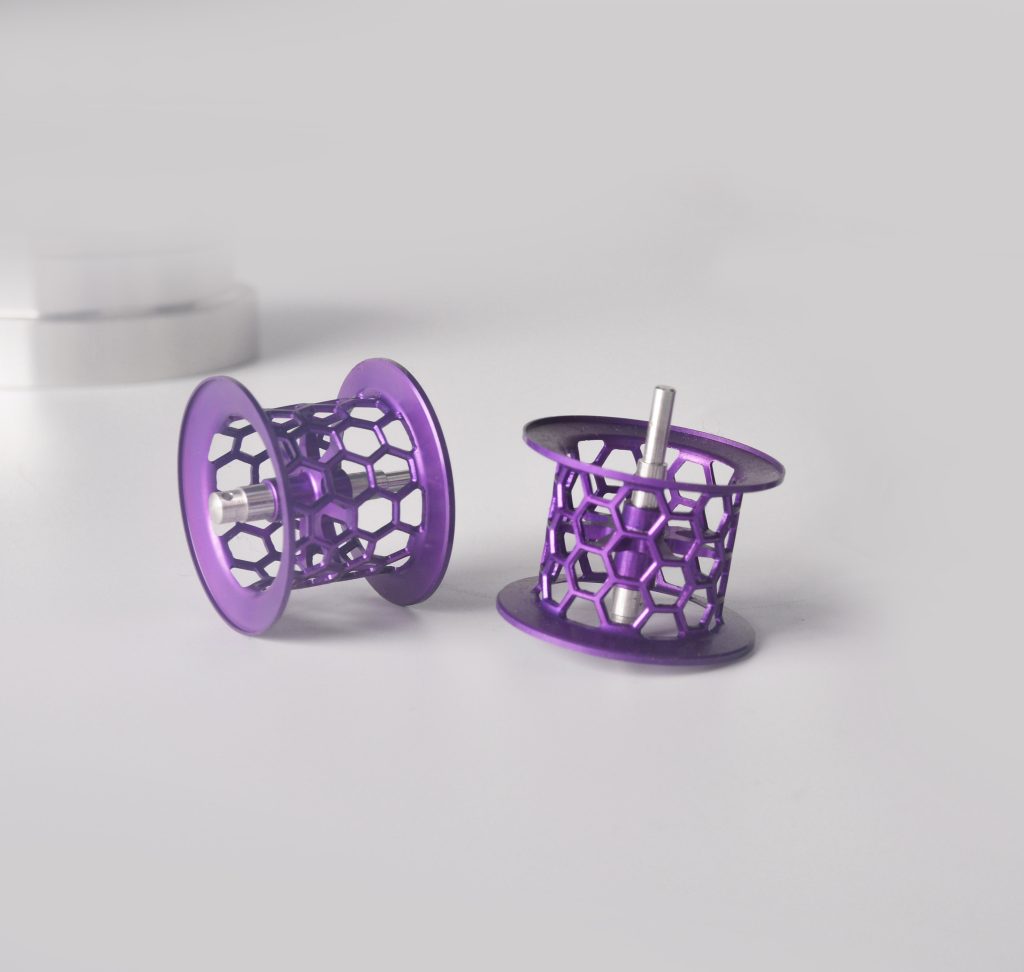
The steps for Hard Anodizing Colors are similar to standard hard anodising. Here is an outline of the process:
Manufacturers clean aluminium parts to remove dirt, grease, or other contaminants that may affect the anodising process. This usually involves a combination of mechanical cleaning (such as sandblasting or polishing) and chemical cleaning (such as alkaline or acid baths).
Manufacturers then immerse the cleaned parts in an electrolytic bath containing an acidic solution, such as sulphuric acid. An electric current passes through the solution, causing a controlled oxidation reaction on the aluminium surface. This produces a thick and durable anodised layer with the desired Hard Anodizing Colors and corrosion resistance.
Once the anodised layer has formed, the component is rinsed and immersed in a bath of dye solution. The dye is absorbed by the porous anodic layer to form the desired colour.
After dyeing, manufacturers rinse the parts again and immerse them in a sealing solution, usually an organic polymer or nickel acetate.This helps to close the pores in the anodised layer, improving the corrosion resistance and durability of the coating. Sealing also helps to improve the colour fastness of the anodised layer.
Once the anodising process is complete, manufacturers inspect the parts for quality to ensure they meet the required specifications. This may include measuring the thickness of the anodised layer, checking the colour and appearance of the part and any other necessary tests.